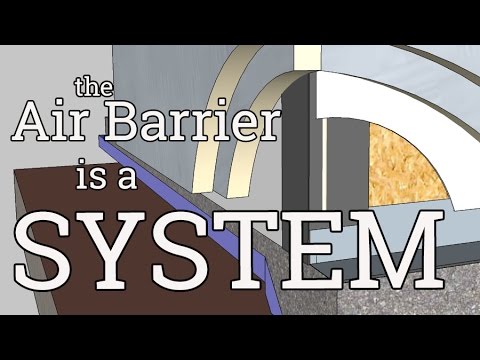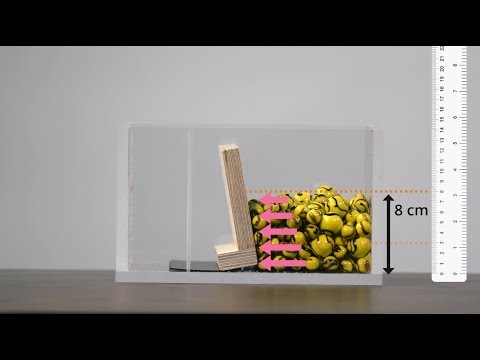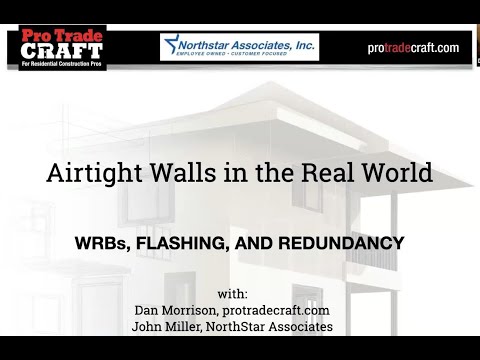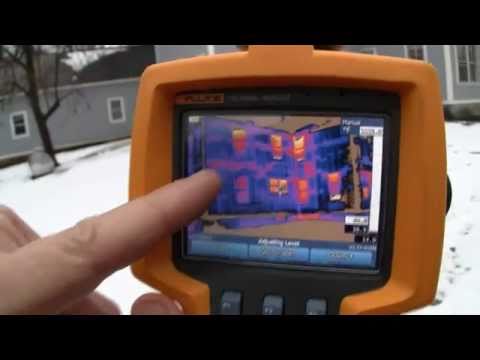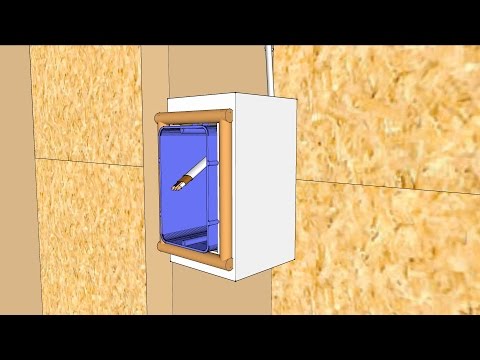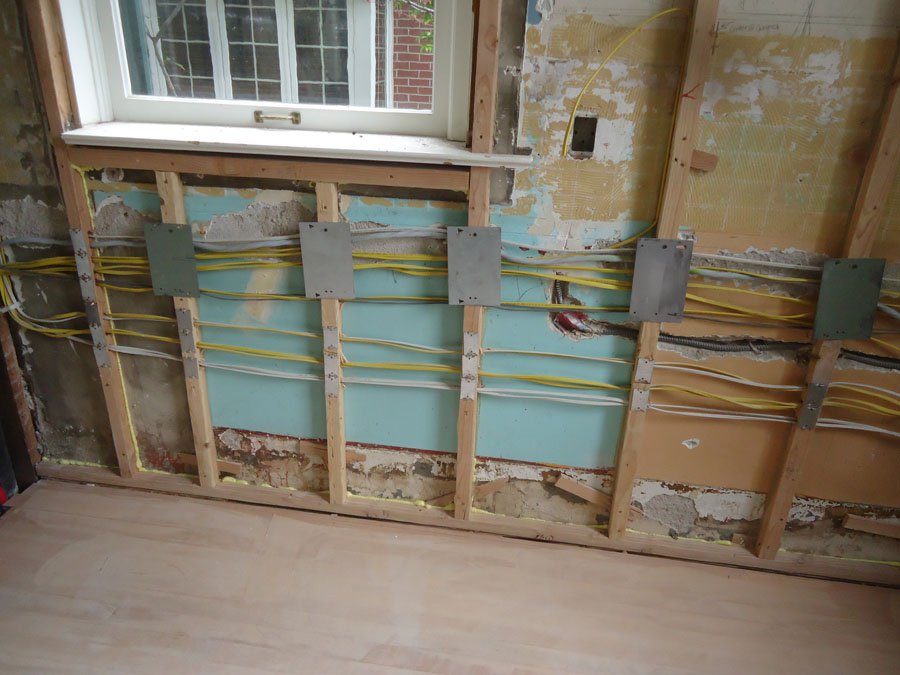For framing, less is more (more or less)
Regular walls just won't cut it anymore. Higher-achieving energy codes means higher-performance walls that meet airtightness targets and earn good HERS ratings.
There are opportunities for improvement during design, framing, insulation, and drywall for air tightness and thermal efficiency. It is not just the job of insulators.
Gaps, voids, and compressions that cause the insulation to lose contact with the surface it is intended to insulate can cause cold spots in walls, ceilings, and floors. These cold spots may encourage the formation of condensation in the wall cavity, floors, or ceilings. — Building America Solutions Center
Building America has a guide for installing insulation the way it ought to be installed and you can download it here (or below).
Here are six places where other sub trades can improve insulation performance in a typical wall assembly:
- Stud spacing — Increasing stud spacing from 16 inches o.c. to 24 inches o.c. means five studs per 8-foot sheet of plywood, rather than seven studs. This reduces the thermal bridges by a third (more or less).
- Better Headers — Reduce the header size to what is actually needed, and add a layer of rigid foam between the 2x stock.
- Smarter window and door placement — Place windows and doors on stud layouts to reduce the number of nonstandard stud cavities that must be insulated
- Wall plates that leak less — Using gussets to tie together intersecting top plates allows the exterior plate to run continuously, which eliminates two cracks.
- Fully insulated corners — Using two studs in the corners (rather than three- or four-stud corners) means that each stud cavity can be insulated fully. This avoids a massive thermal bridge through the corner. Such cold spots condense moisture and promote mold growth.
- Unbroken planes of drywall — Spacing interior walls away from the exterior wall at intersections such that drywall can slide behind eliminates two 8-foot gaps in the inside air barrier while keeping the interior intersecting wall completely inside the insulated envelope of the house.
<code>
2009 IECC:
- C303 MATERIALS, SYSTEMS AND EQUIPMENT
- SECTION 401
- SECTION 402
- SECTION 405 SIMULATED PERFORMANCE ALTERNATIVE (Performance)
2012 IECC:
- C303: BUILDING THERMAL ENVELOPE INSULATION
- R402: BUILDING THERMAL ENVELOPE
- R405 SIMULATED PERFORMANCE ALTERNATIVE (PERFORMANCE)
